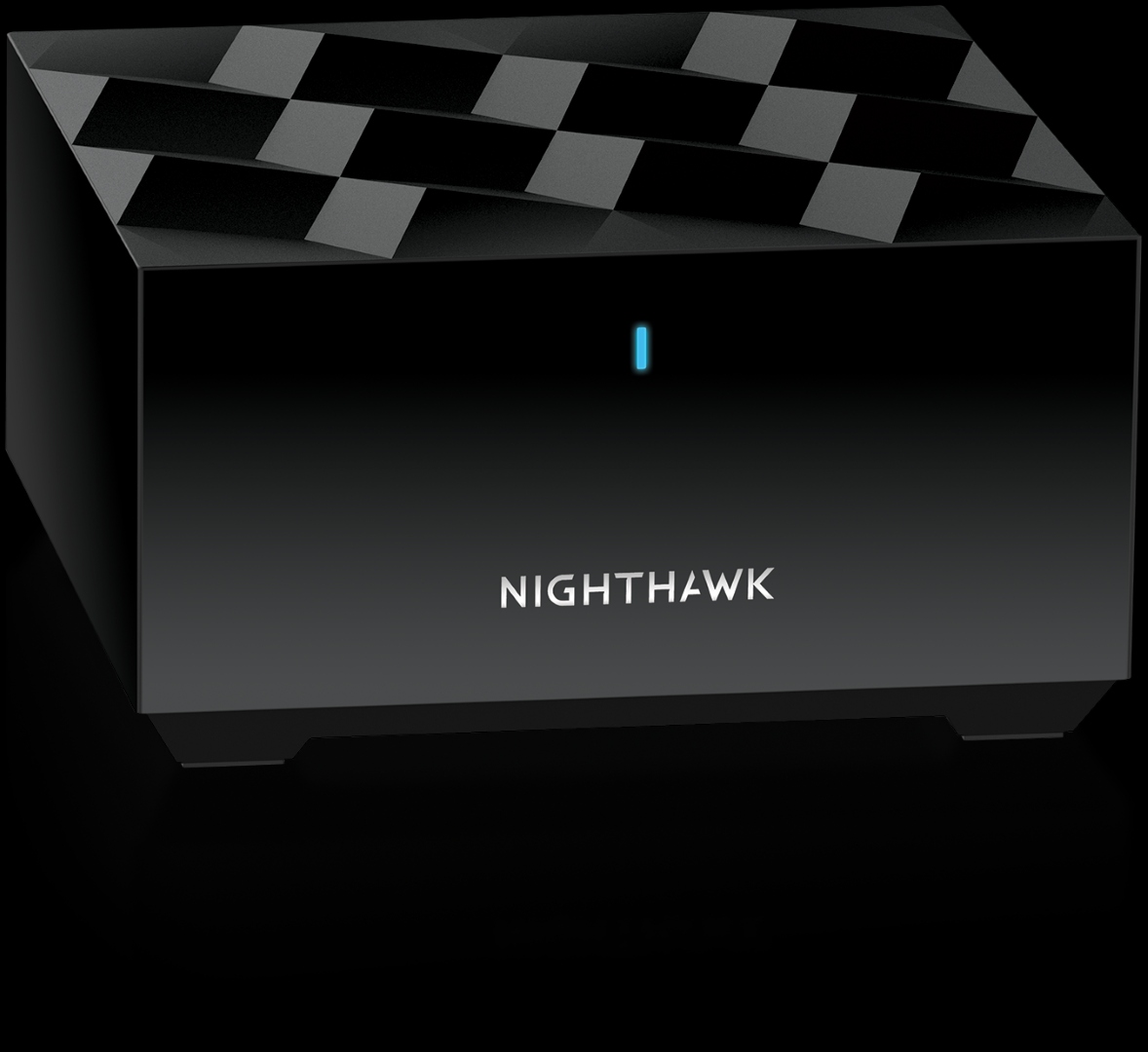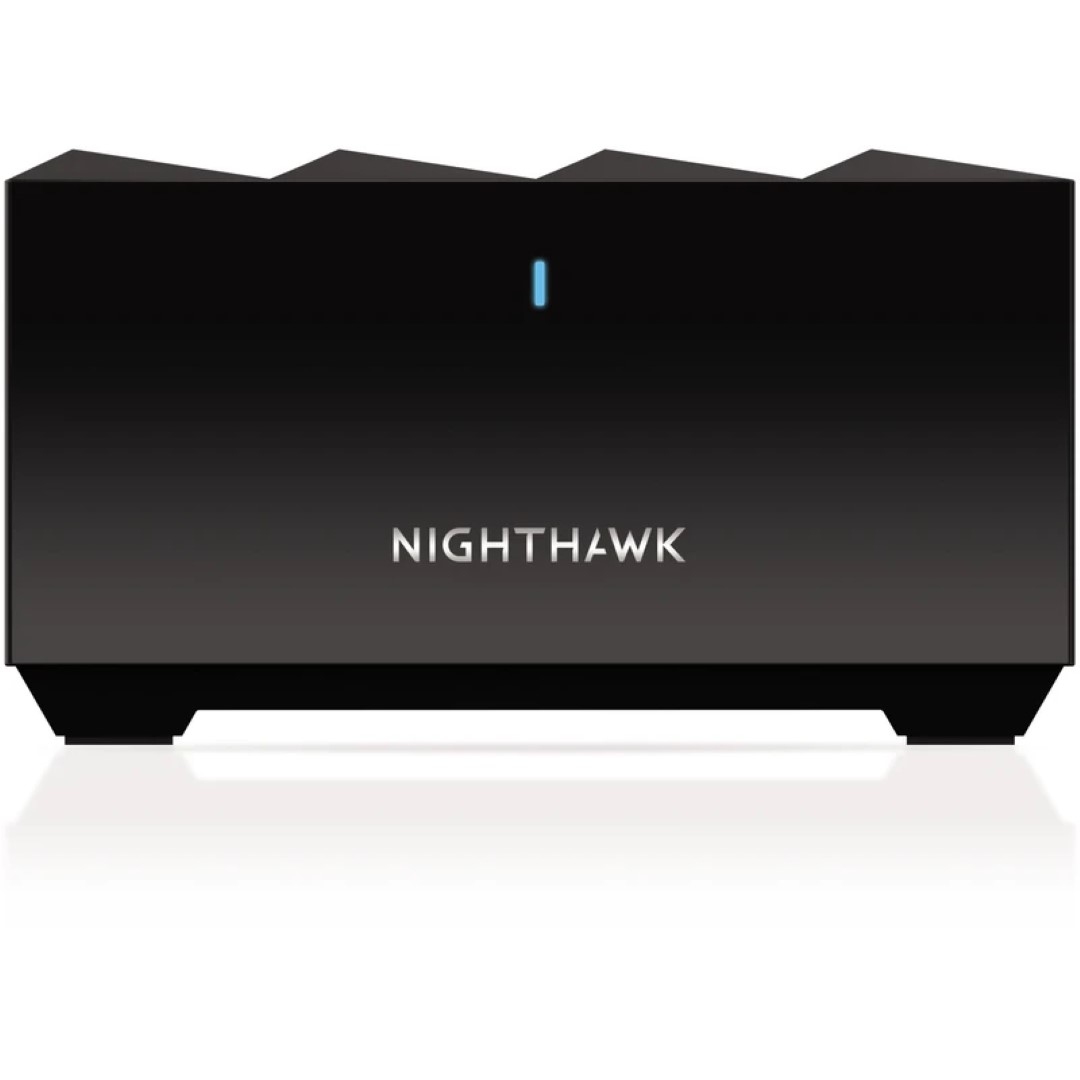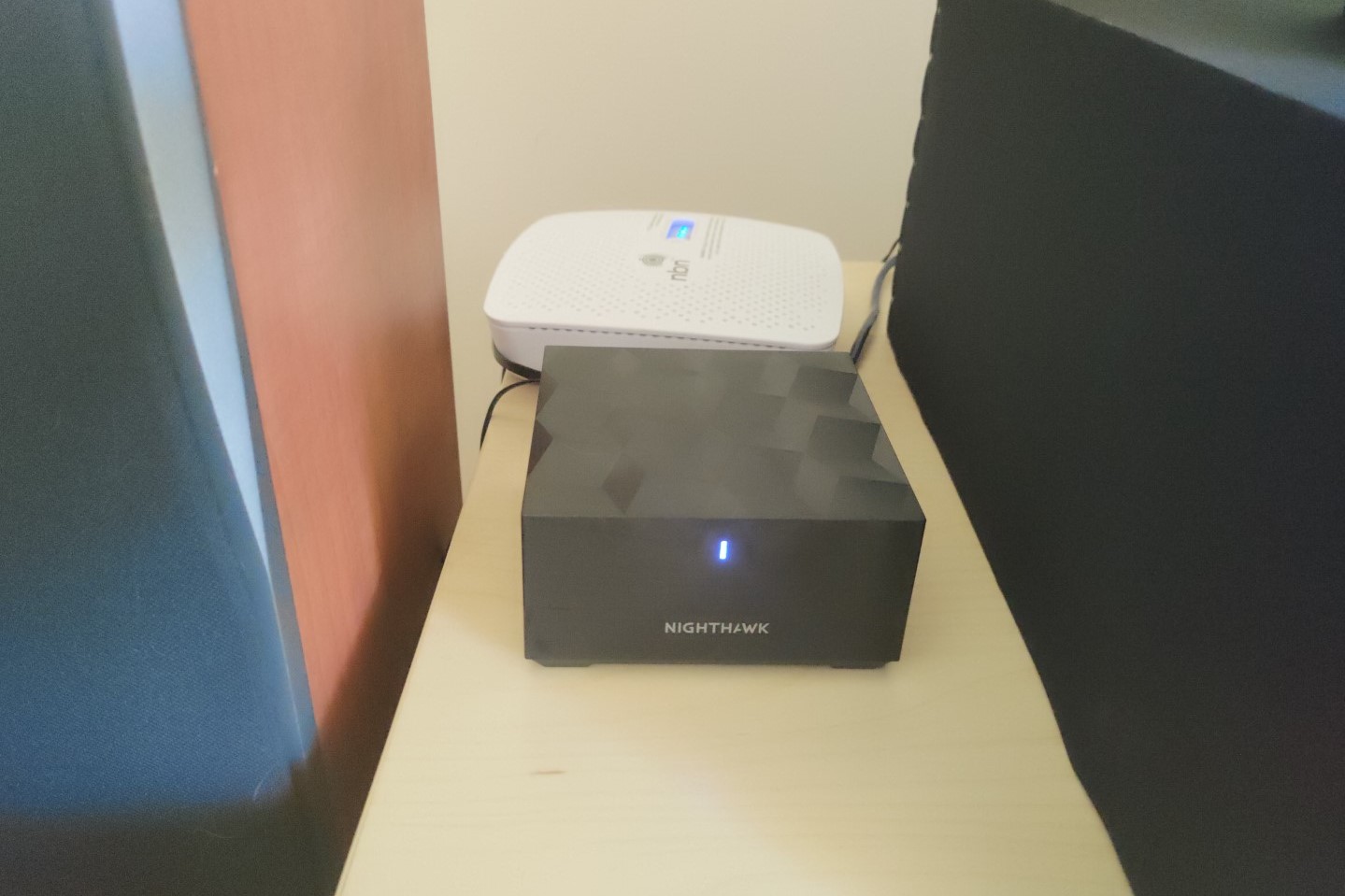Optus Mobile Review ALDI Mobile Review Amaysim Mobile Review Belong Mobile Review Circles.Life Review Vodafone Mobile Review Woolworths Mobile Review Felix Mobile Review Best iPhone Plans Best Family Mobile Plans Best Budget Smartphones Best Prepaid Plans Best SIM-Only Plans Best Plans For Kids And Teens Best Cheap Mobile Plans Telstra vs Optus Mobile Optus NBN Review Belong NBN Review Vodafone NBN Review Superloop NBN Review Aussie BB NBN Review iiNet NBN Review MyRepublic NBN Review TPG NBN Review Best NBN Satellite Plans Best NBN Alternatives Best NBN Providers Best Home Wireless Plans What is a Good NBN Speed? Test NBN Speed How to speed up your internet Optus vs Telstra Broadband ExpressVPN Review CyberGhost VPN Review NordVPN Review PureVPN Review Norton Secure VPN Review IPVanish VPN Review Windscribe VPN Review Hotspot Shield VPN Review Best cheap VPN services Best VPN for streaming Best VPNs for gaming What is a VPN? VPNs for ad-blocking WiFi mesh systems range in price and features, and the Netgear Nighthawk Mesh WiFi 6 System is definitely on the pricier end of things (especially if you opt for the three-node MK63 model). Still, for larger homes or even smaller homes with thick walls (and other interference), the MK63 is a future-proofed mesh system that’s speedy enough to be a viable wire-free networking replacement. The Netgear Nighthawk App walks you through the essential setup steps, first with the router, then with the satellites, the latter of which is a surprisingly optional step found in the app menu. These steps start as they always do: power cycle your modem. The router is then connected to the modem via provided Ethernet cable, then the power cable for the router. A QR code beneath the router means you don’t even have to punch in WiFi details as the rest of the configuration steps take care of itself after you’re promoted to scan. A firmware update may be required, but that’s automated and painless. For the satellites, place them within range of the router. In my tests, they can be placed, configured, and offer great speeds (more on this below) through thick concrete walls: a single wall for one satellite, and multiple walls for the second. Connect the satellites to power then, once the blue light comes on, press the ‘Sync’ button on the back for them to connect to the router. It took about a minute after the light turned blue again for the satellites to be detected in the Nighthawk App. All in all, this guided process should take around 15 minutes to complete. Still using the router without the satellites, I tested speeds of 103Mbps download, 37Mbps upload (closer to 38Mbps), and 3ms latency in the main bedroom, which is through a thick wall. The spare bedroom, which is behind multiple thick walls, wasn’t as flash, but still had comparatively impressive results compared to other routers that struggle to get a signal to that room: 85Mbps download, 29Mbps upload, and 21ms latency. With one Nighthawk Mesh WiFi 6 Satellite in the main bedroom, lounge and bedroom speeds were the same, but the problematic spare room had bolstered speeds of 102Mbps download, 37Mbps upload, and 5ms latency. Adding the second satellite had no noticeable impact on speeds, but that’s because my apartment isn’t big enough to fully test the MK63 at its limits. Also, NBN100 internet isn’t fast enough to see the kind of online speed gains that would be likely measurable in NBN 250 and NBN 1000 connections when replacing older networking hardware. What I can say is that those results – the router-and-one-satellite combination specifically – are just as good as Ethernet connections to devices in these rooms, which is normally how I deal with the thick interfering walls in my home. The MK62 is understandably cheaper at $449, whereas the MK63 costs $649. The difference from here, then, is the MK62 is rated for homes up to 280 square metres, whereas the MK63 can cover up to 420 square metres, which works out to 140 square metres per router/satellite. Apart from the cost and the coverage potential, they’re identical in terms of power and performance. While I was able to (accidentally) use one of the satellites as a router in my tests (for one device only), it’s unclear whether an additional Nighthawk Mesh WiFi 6 Router can be used as a satellite. This is important because the standalone MS60 satellites don’t appear to be readily available in Australia and aren’t particularly cost-effective to import. That means, currently, if you did need to expand this mesh WiFi system with additional satellites, you have to purchase the MK62 two-pack or MK63 three-pack, which makes for a pricy network upgrade. Netgear Armor is also here, but it’s a trial only and is an ongoing subscription service if you want the admittedly renowned network-level device protection. ‘Internet Speed’ is an in-app equivalent of visiting the popular Speed Test website, while ‘WiFi’ analytics offer surprisingly in-depth network data, even if the channel recommendations paradoxically don’t let you switch to the better-rated options. If this backhaul oversight isn’t an issue for your home, the Netgear Nighthawk Mesh WiFi 6 System is a future-proofed and speedy operator that annihilated dead zones in my apartment tests and offered reliable connectivity and fast speeds throughout. Smaller homes can save money with the two-node MK62 configuration, while the three-node MK63 setup is best reserved for larger abodes.


